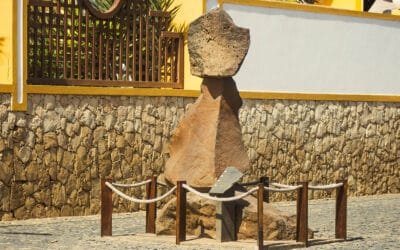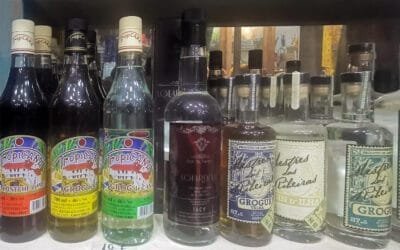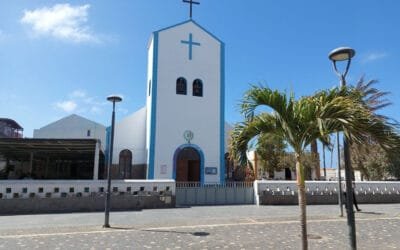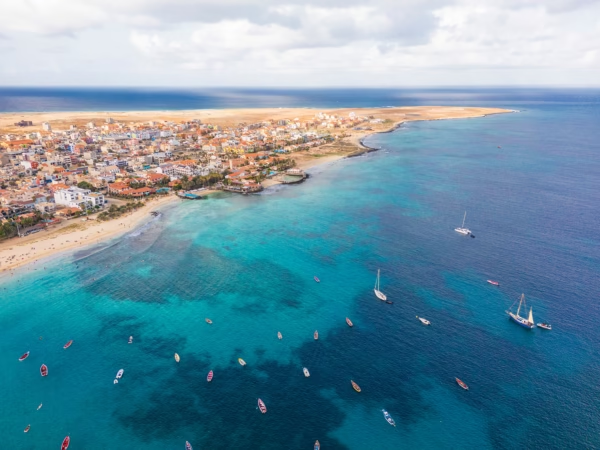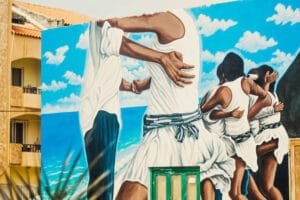Sal Low-Cost: How to Have a Great Stay on Low Budget
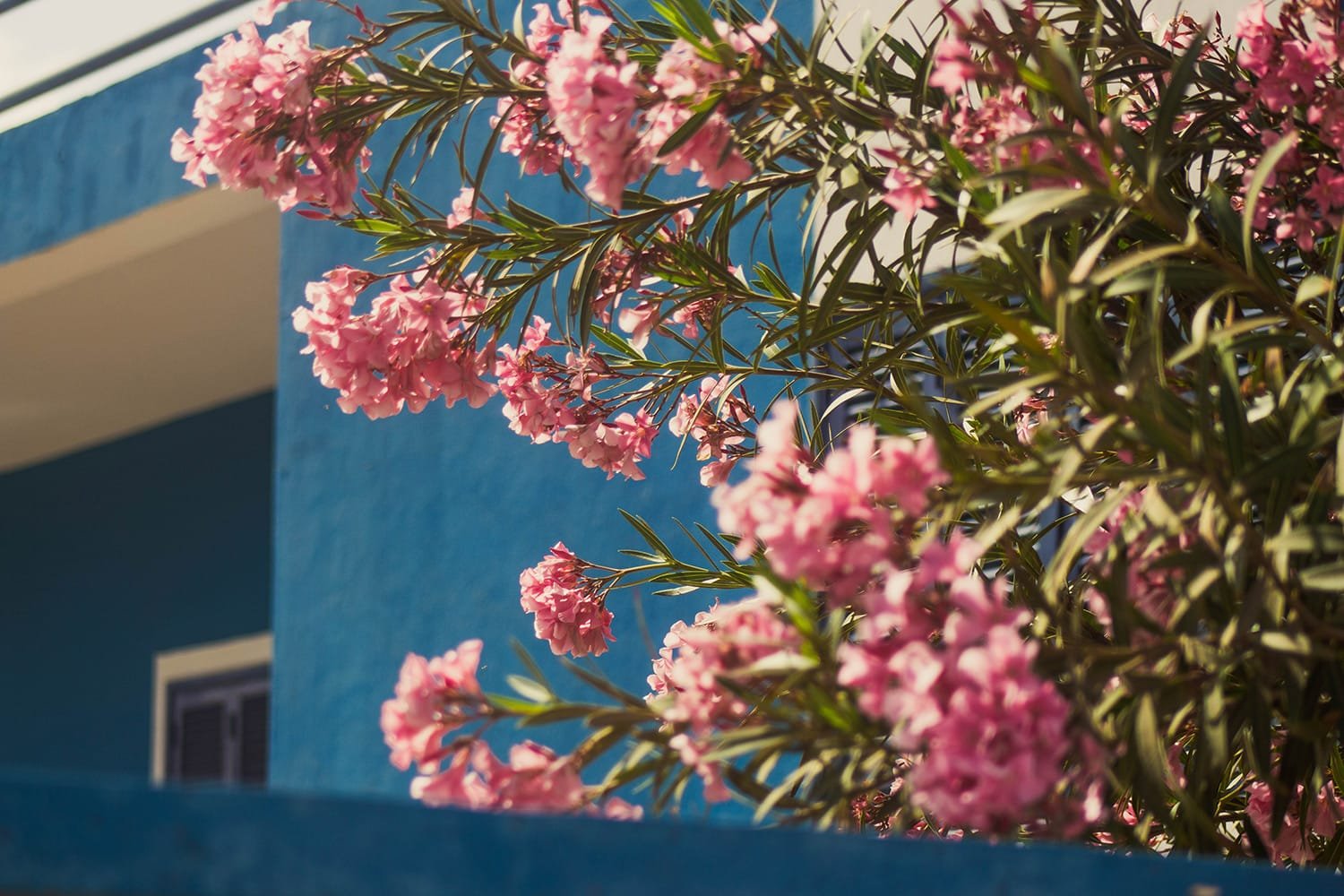
Sal’s reputation as Cape Verde’s most expensive island challenges budget travellers, but strategic choices enable meaningful experiences without financial strain.
The Geography of Affordability
Espargos offers the lowest accommodation costs — €15-25 per night in basic guesthouses or €200-400 per month for simple apartments. However, a false economy emerges when calculating transportation costs. The €20 round-trip taxi fare to Santa Maria beaches quickly erodes savings, particularly for stays under two weeks.
Santa Maria‘s inland guesthouses provide better value despite higher base prices. Properties located 10-15 minutes walk from the beach charge €25-40 nightly while maintaining walkable access to attractions. The social atmosphere in these locally owned establishments often compensates for the lack of basic amenities.
Shared accommodations advertised through the “Sal Accommodation” Facebook group further reduce costs. Spare rooms in local homes rent for €10-15 per night during the low season, providing cultural immersion alongside savings. These arrangements require flexibility — including scheduled bathroom access, basic furnishings, and limited privacy — but offer authentic experiences that are impossible to replicate in formal accommodations.
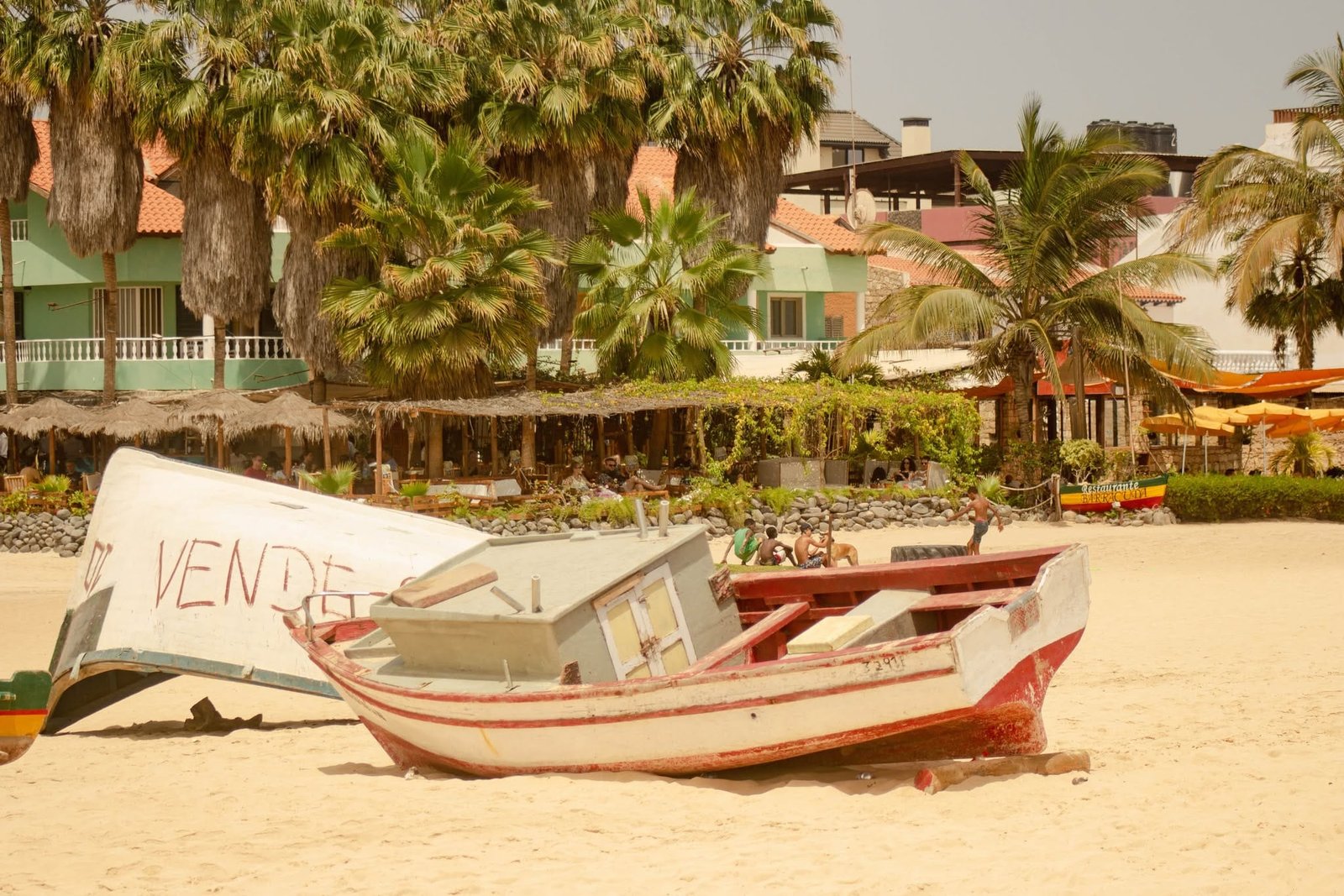
Hostel Landscape
Sal’s hostel’s infrastructure remains underdeveloped compared to other backpacker destinations. Atlantic Sal Hostel in Santa Maria represents the primary option, charging €15-20 for dormitory beds. The rooftop terrace offers both workspace and social space, although the location, situated behind the bus station, lacks charm.
Several guesthouses offer dormitory-style rooms without marketing as hostels. Investigating family-run properties often reveals a willingness to install extra beds in larger rooms, creating informal hostels at lower prices than official establishments.
Strategic Location Hopping
Budget optimisation through location variety works particularly well on Sal. Spending initial nights in Santa Maria for orientation and beach access, then relocating to Espargos or Palmeira for working days, before returning to Santa Maria for final relaxation, can reduce average costs by 40% while maintaining the quality of experience.
Murdeira Village Resort offers occasional last-minute deals during the low season, with apartments available for as low as €30-€40 per night. The isolation becomes manageable for 2-3 night stays when focused on relaxation rather than exploration. Combined with provisions purchased in Espargos, these retreats provide luxury experiences at hostel prices.
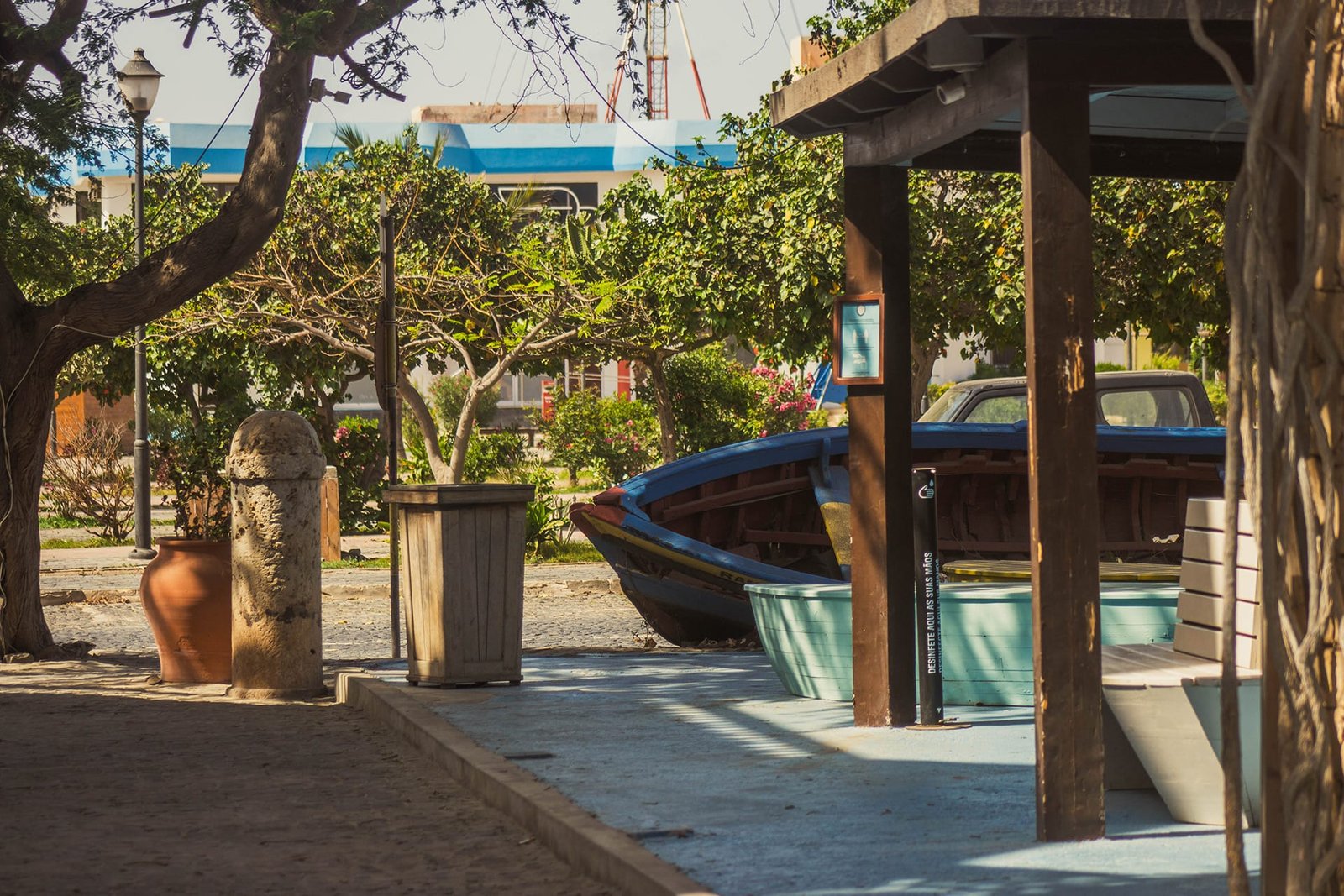
Food and Transport Economies
Accommodation with cooking facilities transforms budget realities. Local markets sell fresh fish for €3-5 per kilogram — restaurants charge this for a single portion. Properties offering basic kitchen equipment enable a daily food budget of € 5, allowing for better eating than restaurant meals.
Understanding local transport patterns prevents overspending. The hiace (shared minibus) system connects major towns for €1-2, though schedules remain flexible. Establishing relationships with specific drivers often yields unofficial discount rates for regular trips. Some budget accommodations include bicycles, invaluable for both transportation and exercise.
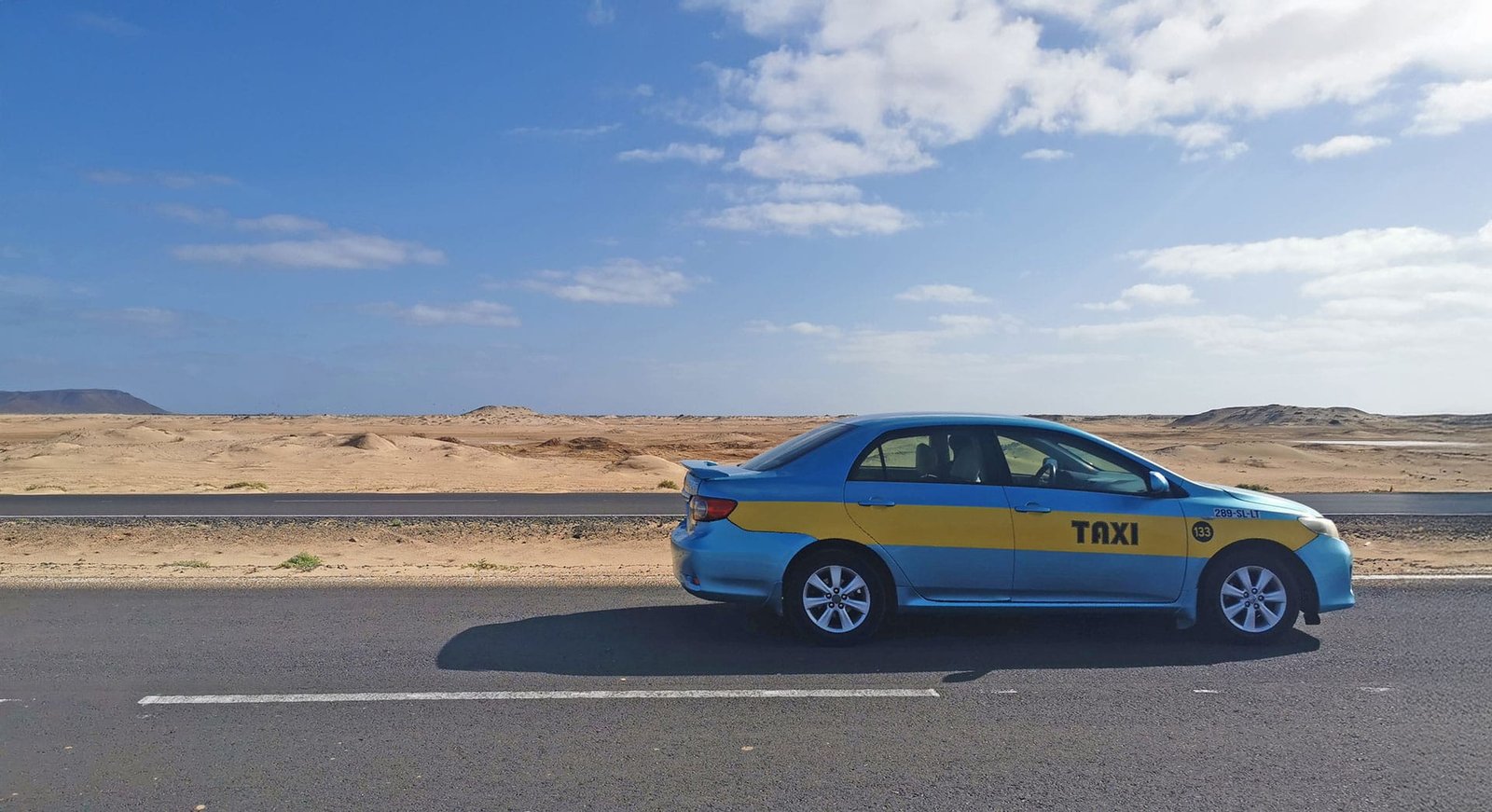
Working for Accommodation
Several establishments offer work exchanges, though these remain informal and unadvertised. Beach bars need evening help, guesthouses require cleaning assistance, and kitesurfing schools seek beach assistants. Approaching owners directly, particularly during the low season, often yields accommodation-for-work arrangements.
Language skills prove valuable — properties seeking to attract German or French markets may exchange translation or marketing work for accommodation. Digital skills, such as website updates or social media management, offer similar opportunities. These arrangements typically provide private rooms rather than dormitories, improving value beyond pure monetary savings.
